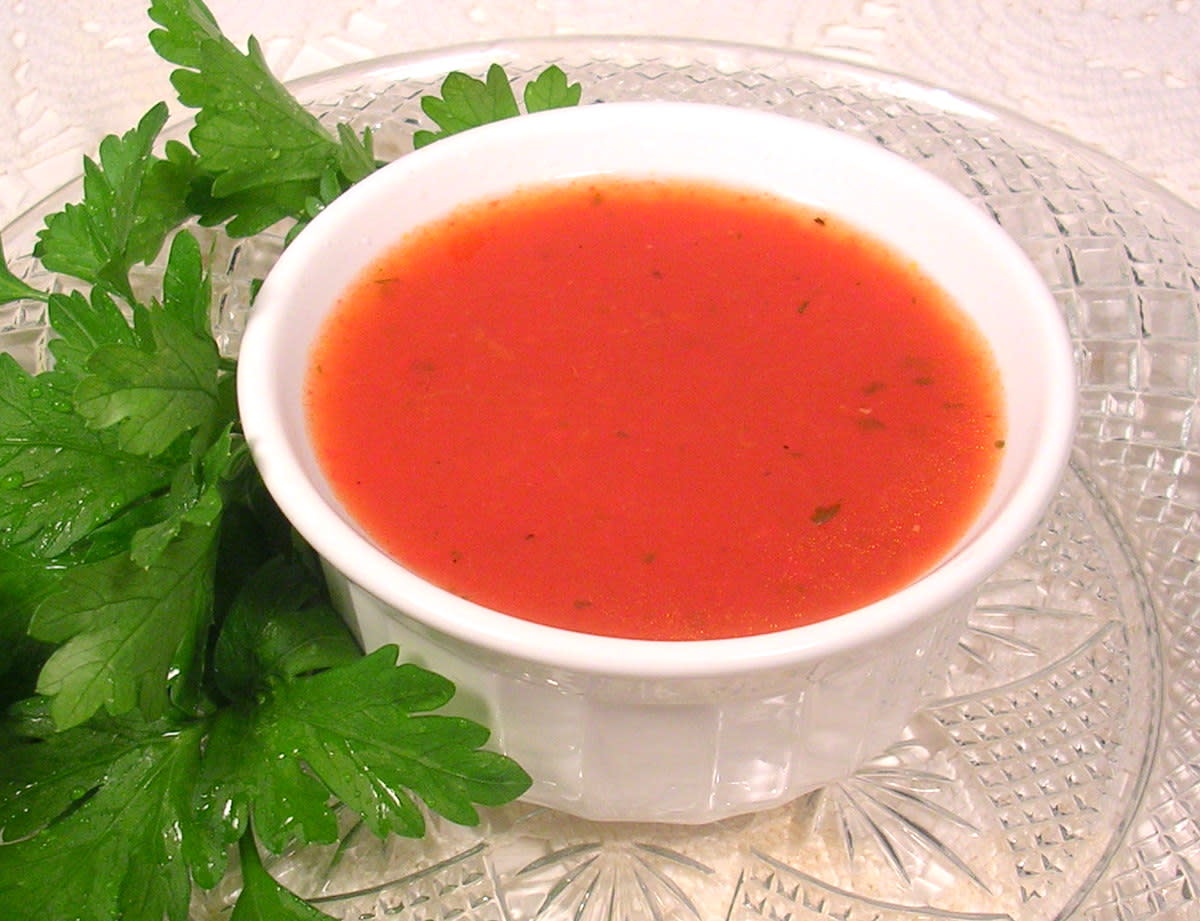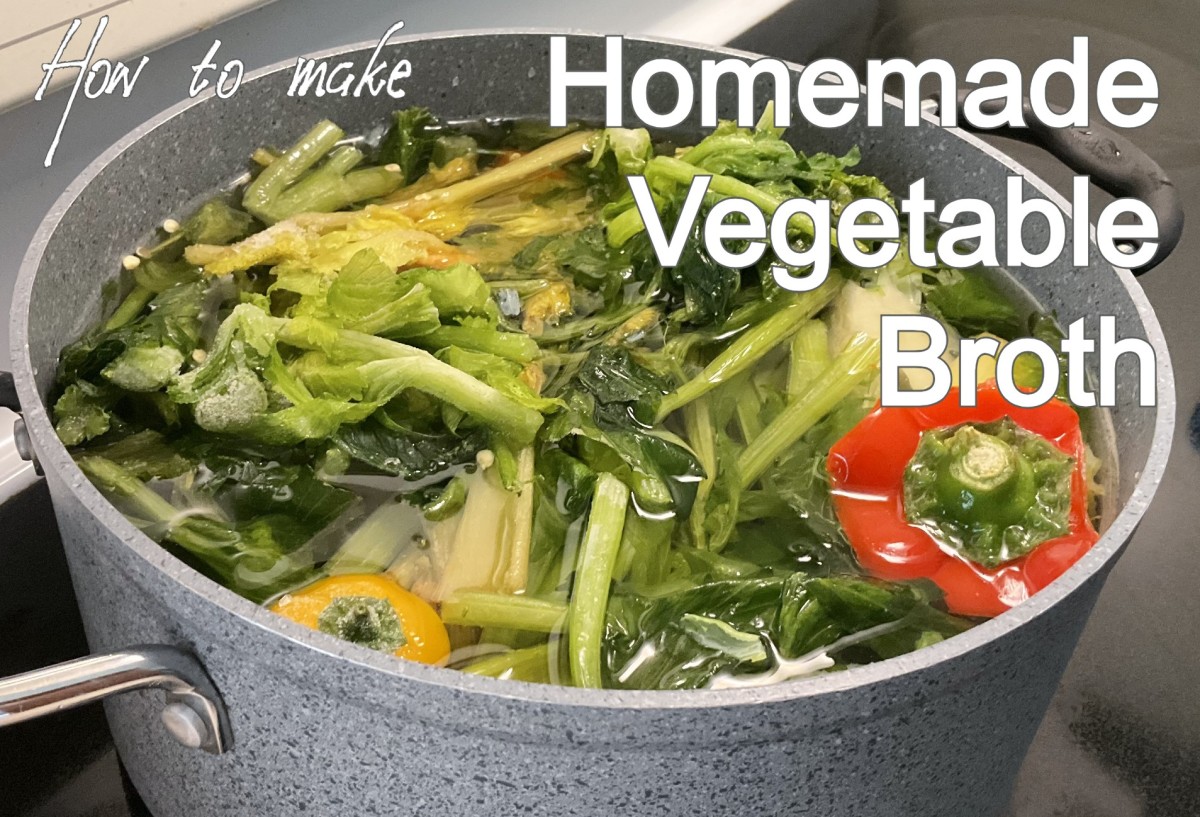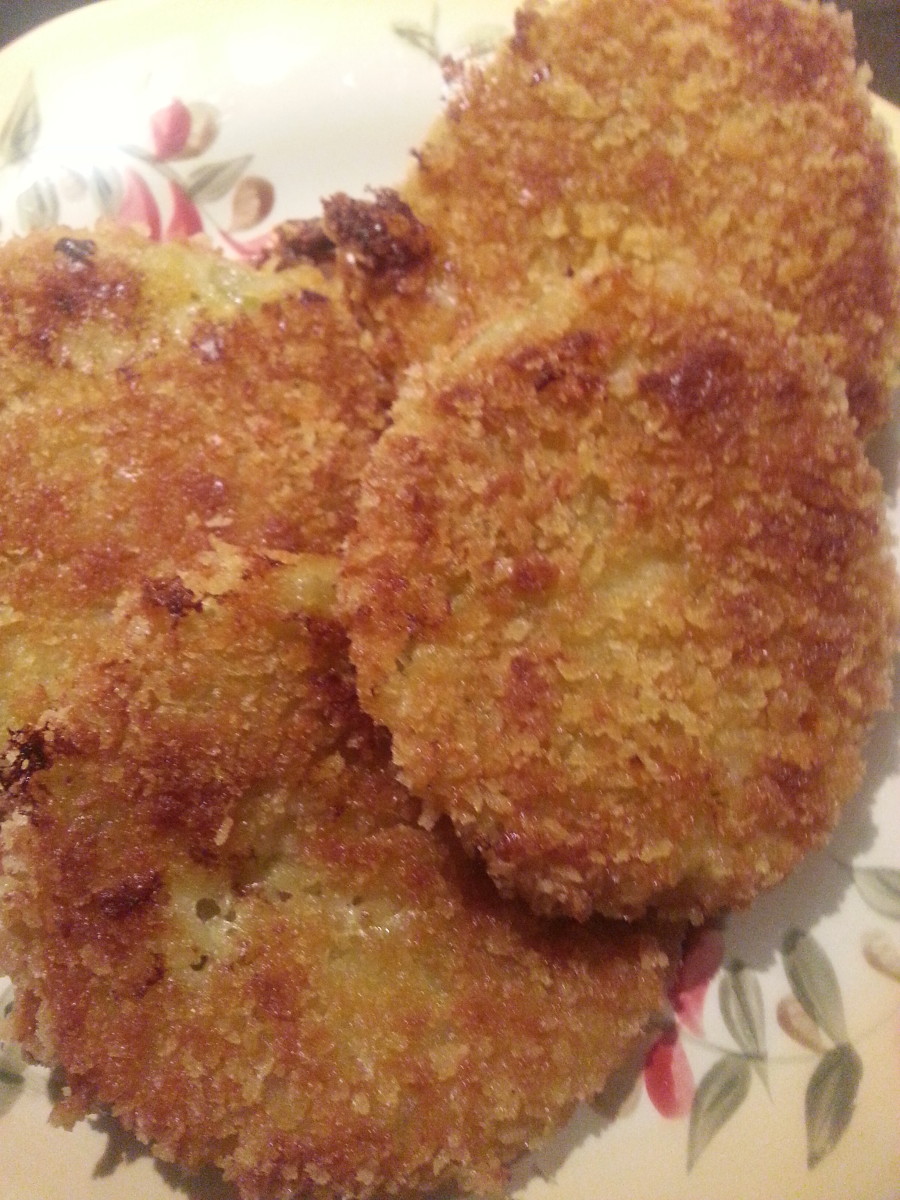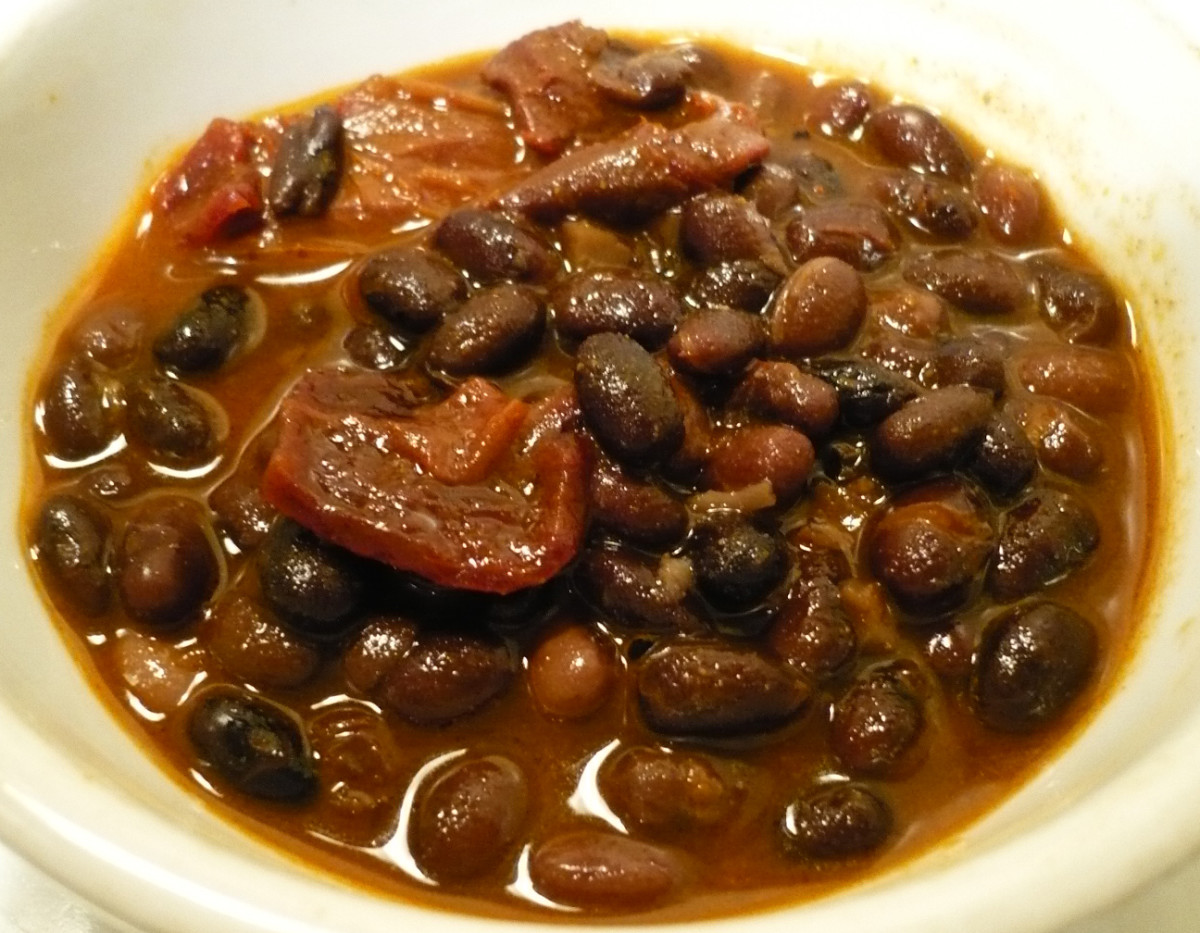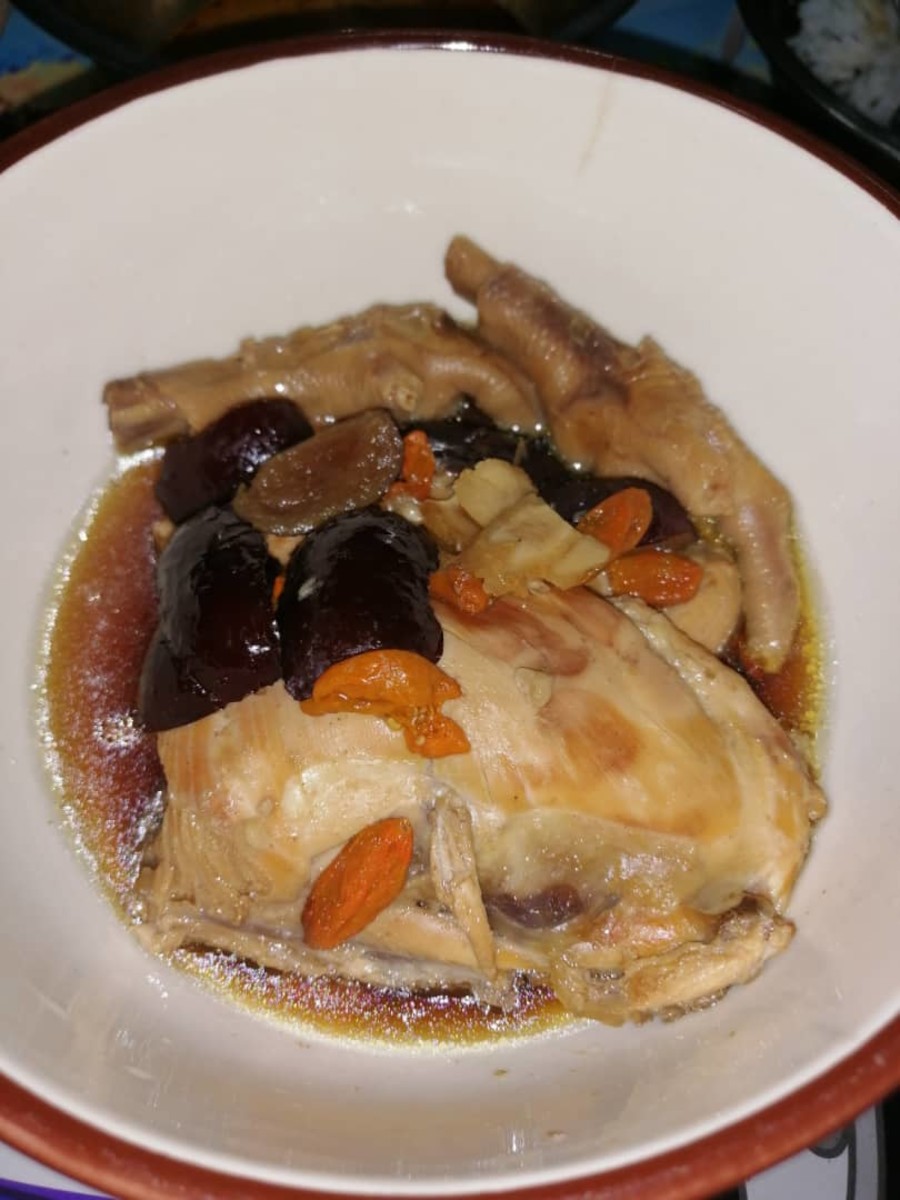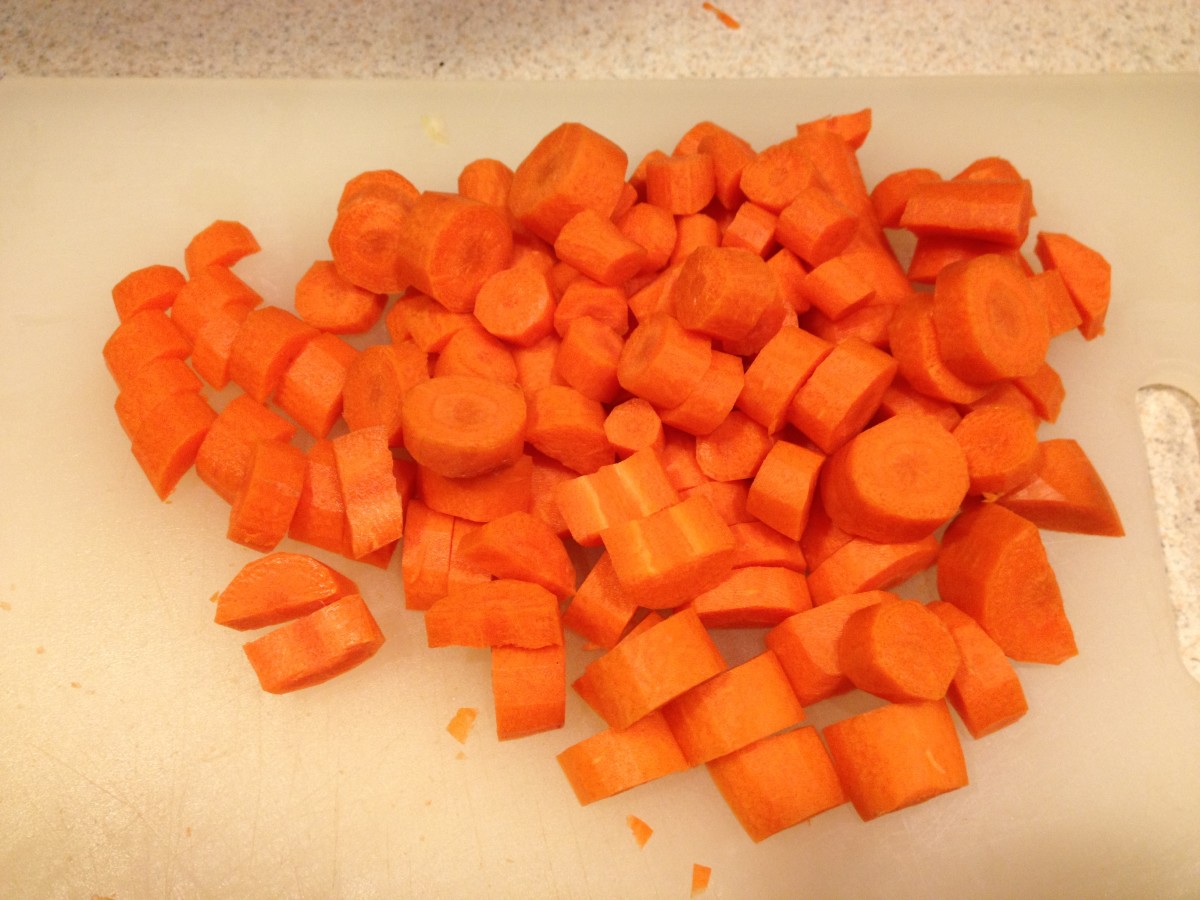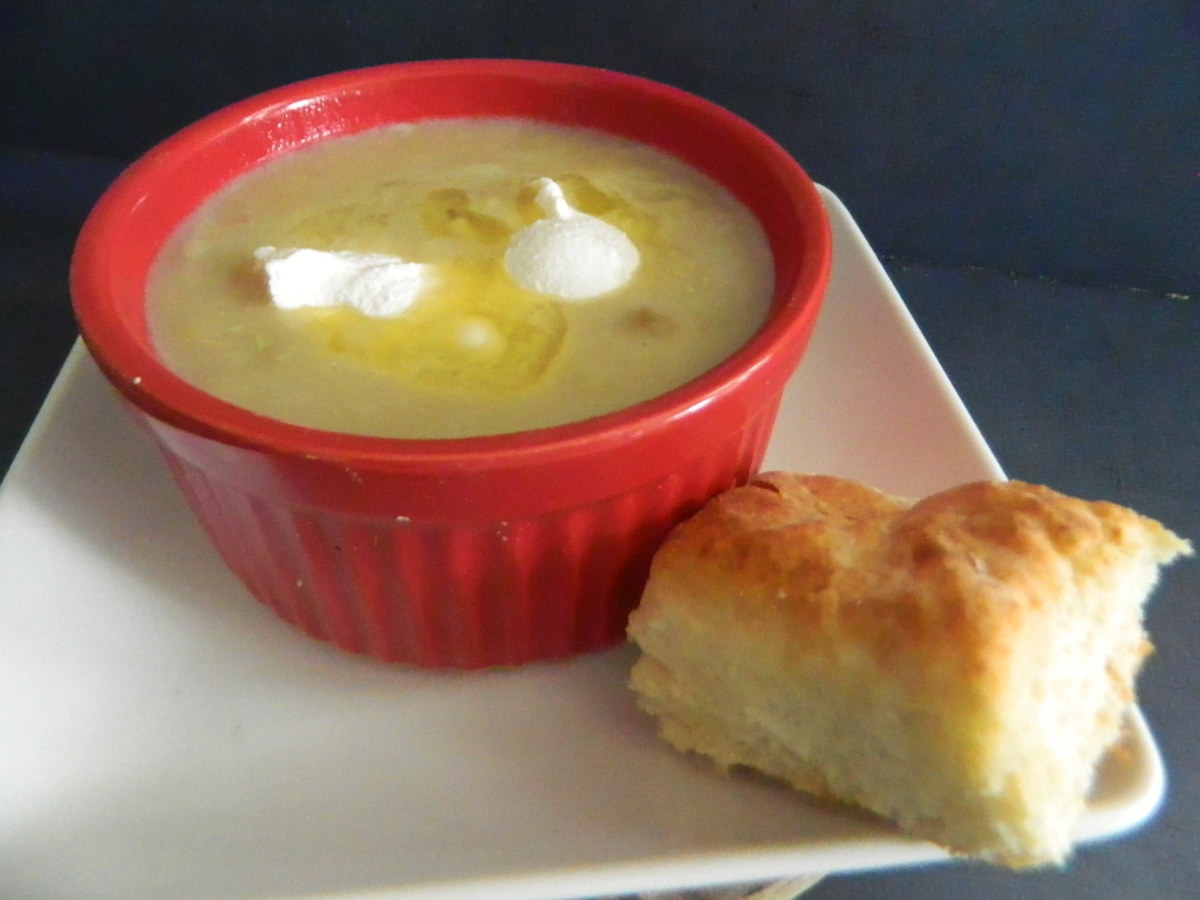- HubPages»
- Food and Cooking»
- Main Dish & Side Dish Recipes»
- Soup Recipes
Spicy Beef with Red, Yellow and Green Tomatoes Soup Recipe
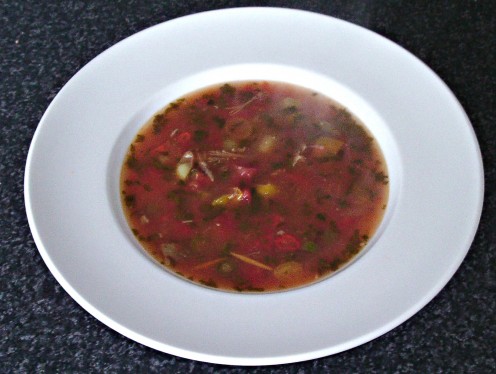
Beef and tomato soup in its most basic form is absolutely delicious but it's perhaps not the most exciting and challenging of combinations. The recipe featured below takes beef and tomato soup to whole new levels and actually came about as a means of using up both tomatoes and chilli peppers left in a greenhouse/hothouse at the end of the summer growing season. The soup in this instance turned out pretty spicy but you could easily reduce the quantity of chillies used without affecting the recipe in any other way.
In this instance, the stock was prepared one evening and the soup the following evening, simply sue to the timescales involved in preparing the former.
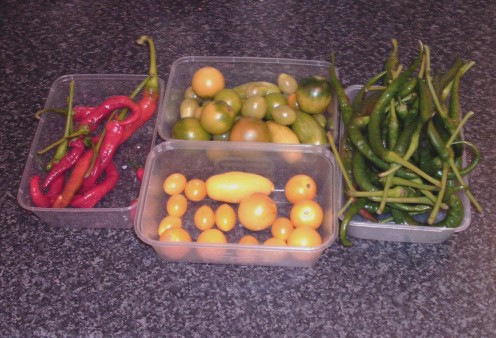
Cook Time (Stock)
Prep time: 15 min hands on (plus cooling time)
Cook time: 3 hours
Ready in: 3 hours 15 min (plus cooling time)
Yields: 3 to 4 pints beef stock
Ingredients (Stock)
- 2 meaty beef bones (around 1½ pounds)
- 1 medium carrot, scrubbed, topped and roughly chopped
- 1 medium white onion, peeled and quartered
- 1 large medium strength red chilli, topped and roughly chopped
- 1 large medium strength green chilli, topped and roughly chopped
- 1 teaspoon sea salt
- ½ teaspoon whole black peppercorns
- 5 pints cold water
Instructions (Stock)
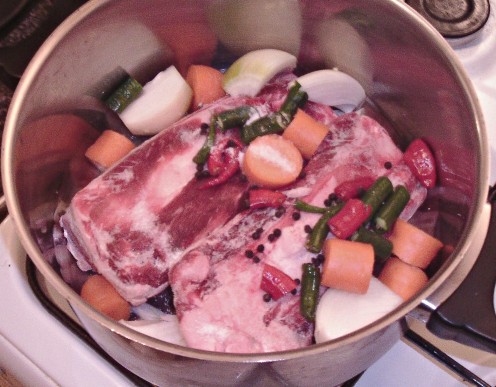
Put the beef bones in to the bottom of a large soup or stock pot. Add the carrot, onion, chilli peppers, salt and peppercorns before measuring out and pouring in the water. Put the pot on to a high heat until the water begins to simmer. At this stage, the heat should be reduced and the lid placed on the pot. Simmer as gently as possible for three hours.

Why Do I Need a Stock Pot?
There is a common belief that dedicated soup or stock pots are unnecessary as any large pot can perform exactly the same function. While this can sometimes true, the principal advantage of a soup or stock pot is that it is likely to be considerably larger than any other pot you currently have in your collection. This allows you to make large quantities of soup or stock safely, without risking the pot overflowing and causing potentially harmful as well as messy spillages. The pots can also be used for lots more than making stocks or soups, including making jams or preserves, pickles or chutneys and even for the huge quantity of potatoes requiring boiling for a big family meal. The durability of good quality pots means they can last for many years, allowing a virtual lifetime of extremely varied cooking that will pay for the pot many times over.
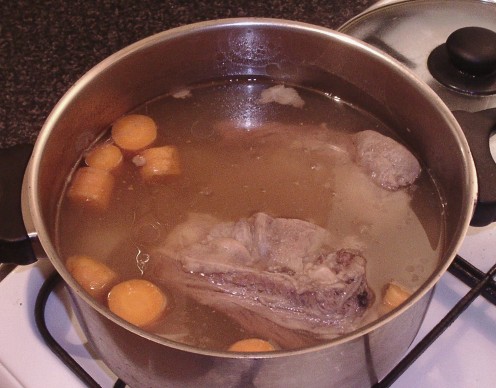
When you remove the lid from the pot after three hours, you will have a most unappetising looking brown liquid with various parts of vegetable and grisly beef floating around in it. This is normal at this stage and the stock is ultimately going to be finely strained.
Use a large slotted spoon to lift the beef bones from the pot to a large bowl. You may find that the meat, fat and gristle has separated from the bones in one large piece. Be sure to remove these large pieces from the pot as well. Cover the bowl and the stock pot and leave both to cool for an hour.

Removing the meat from the bones and particularly from the fat and gristle is a little bit time consuming, messy and really has to be done by hand. It is more than worth doing properly, however, as there can often be a great deal of quality beef hiding in among the less desirable substances which you want to include in your soup. When you have picked all the beef free to your satisfaction, the bones and gristle can be discarded.
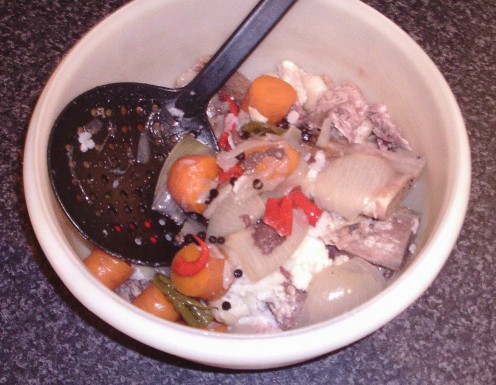
The carrot, onion and chilli pieces should be removed from the slightly cooled stock with a slotted spoon and also discarded.
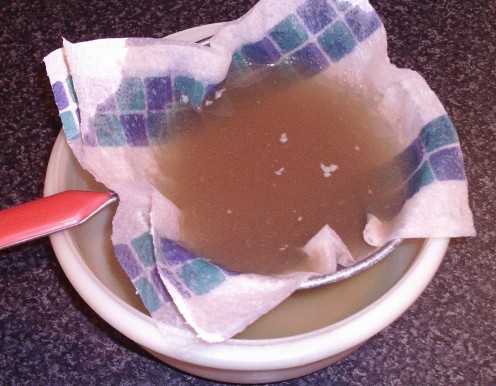
Suspend a fine sieve over a large bowl and line the sieve with a couple of sheets of kitchen paper. Start ladling the (still fairly hot!) stock in to the sieve, being careful not to splash yourself. As the stock drains through the sieve, ladle in more until all of it is strained. You may find that you need to change the kitchen paper two or three times as its pores become clogged with fat and the stock cannot trickle through.
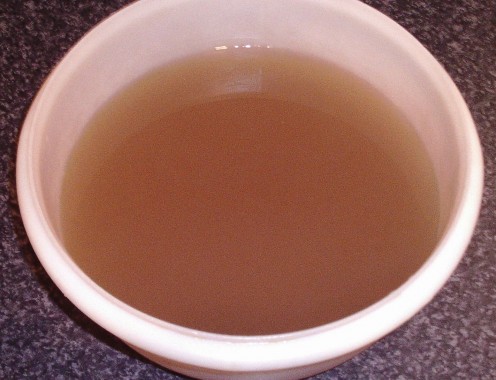
You should ultimately be left with a beautifully clear bowl of fresh beef broth/stock. Although the stock is now ready for making the soup, it may be that you have spent an evening making the stock and wish to refrigerate it and make the soup proper the following day or night.
Cook Time (Soup)
Prep time: 15 min
Cook time: 20 min
Ready in: 35 min
Yields: 6 to 8 servings
Ingredients (Soup)
- 3 pints homemade beef stock
- 1 pound mixed yellow and green tomatoes (small ones are better)
- 2 large, medium strength red chillies*
- 2 large, medium strength green chillies*
- 14 ounce can chopped red tomatoes in tomato juice
- Beef removed from bones
- 3 tablespoons freshly chopped flat leafed parsley
- Salt and pepper as required
*Chillies quantity can be reduced (or increased!) as desired without affecting any other part of the recipe. Alternatively, the seeds and membranes can be removed to reduce their heat.
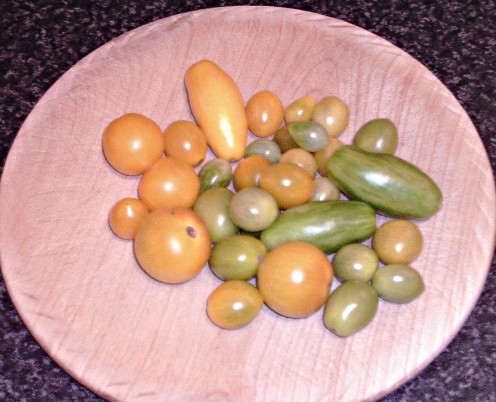
As these tomatoes were the end of season pickings, most of them were of the smallish size I desired anyway, The first step is to chop them up in to approximately three-quarter inch pieces. This could be by quartering them in to four segments or by slicing them in to chunks, largely depending upon their size.
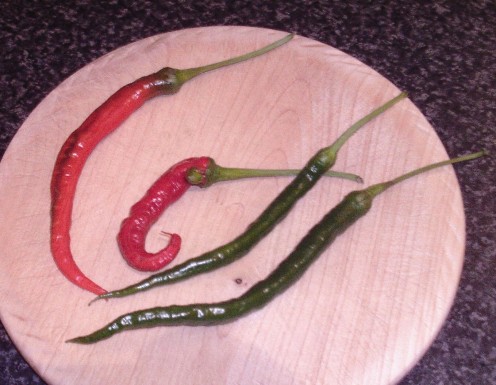
The chillies were simply topped before being sliced in to approximately one-eighth of an inch discs.
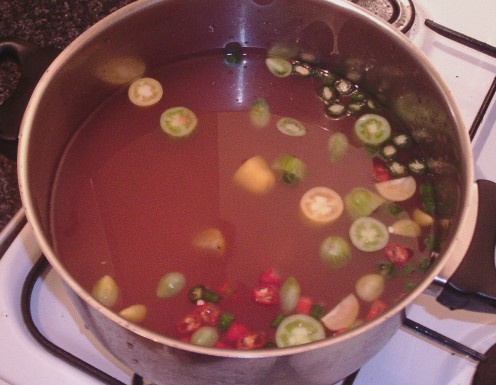
Pour the beef stock in to your clean soup or stock pot. Add the yellow and green tomato pieces, the chilli discs and the can of red tomatoes. Stir well and put the pot on to a high heat until the liquid just starts to simmer. Reduce the heat and maintain a moderate simmer for fifteen minutes only. There's no need to cover the pot as liquid loss through evaporation in such a short period of time will be minimal.
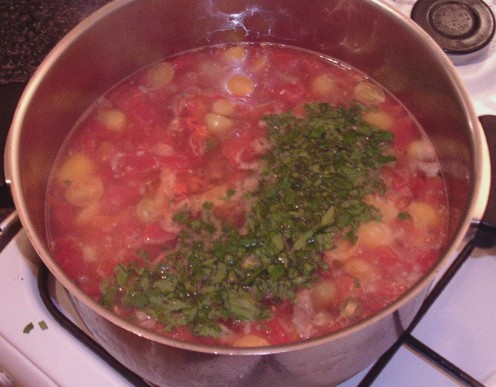
After fifteen minutes, add the reserved beef pieces and the chopped parsley to the soup. Stir well with a wooden spoon and bring back to a simmer for a further five minutes, The aim is simply to heat the beef through and allow the parsley to impart some of its flavour to the soup.
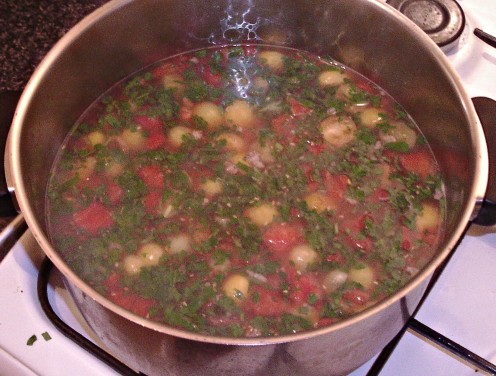
The soup should be tasted and the seasoning adjusted with salt and pepper as required. It is now technically ready to serve but it can also be left to cool and very effectively refrigerated for up to three days. This may actually be the best option as there is of course a widespread belief that soup does taste that much better on the second day when the individual flavours have been given a chance to fully infuse. The soup could also be frozen for up to three months in appropriate containers.

